How Does a Type X Thin Section Bearing Differ from Other Types of Bearings?
Type X thin section bearings represent a significant advancement in bearing technology, offering unique characteristics that set them apart from conventional bearing designs. These specialized bearings are engineered to maintain high precision and reliability while featuring an remarkably slim profile, typically with a cross-section that remains constant regardless of bearing diameter. This distinctive design makes them particularly valuable in applications where space is at a premium but performance cannot be compromised.

What makes Type X thin section bearings ideal for precision applications?
Type X thin section bearings have revolutionized precision engineering applications due to their unique construction and performance characteristics. Their design philosophy centers around maintaining exceptional accuracy while working within extremely tight space constraints. Unlike traditional bearings, Type X variants feature a constant cross-section regardless of their diameter, which provides several distinct advantages in precision applications.
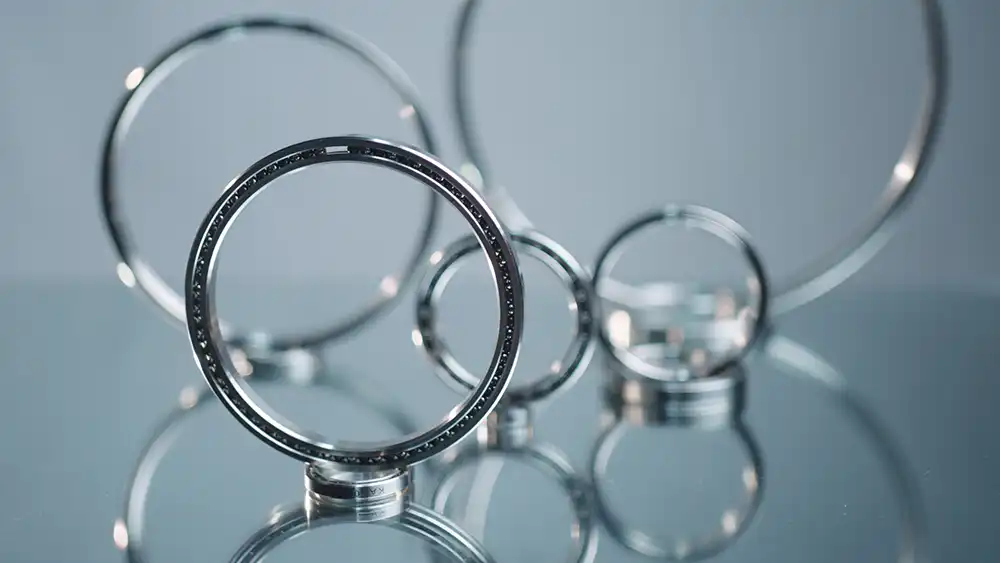
The bearing's thin-walled design significantly reduces weight without compromising structural integrity. This is achieved through advanced manufacturing processes that ensure uniform material distribution and precise dimensional control. The reduced mass of these bearings results in lower inertia, making them particularly effective in applications requiring rapid start-stop cycles or precise positioning.
One of the most significant advantages of Type X thin section bearings in precision applications is their superior running accuracy. The lightweight design minimizes centrifugal forces during operation, resulting in more consistent performance at varying speeds. This characteristic is particularly valuable in applications such as semiconductor manufacturing equipment, medical devices, and high-precision robotics, where even minimal deviations can have significant consequences.
Furthermore, these bearings exhibit exceptional stiffness despite their slim profile. This is accomplished through optimized raceway geometry and the use of high-grade materials. The enhanced stiffness contributes to better load distribution and improved resistance to deflection under load, ensuring maintained precision even in demanding applications.
The thermal performance of Type X thin section bearings also sets them apart in precision applications. Their minimal cross-section promotes better heat dissipation, reducing thermal expansion effects that could otherwise impact accuracy. This thermal stability is crucial in environments where temperature fluctuations could compromise precision requirements.
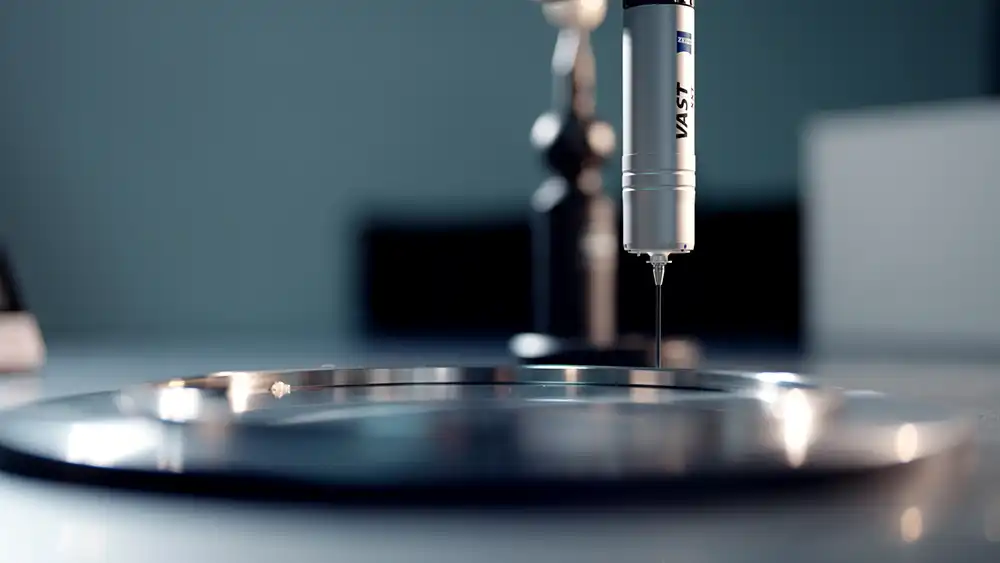
How do Type X thin section bearings enhance space-saving design solutions?
The space-saving capabilities of Type X thin section bearings have made them indispensable in modern engineering design. Their unique construction allows for significant space reduction compared to conventional bearings, enabling engineers to create more compact and efficient machinery without sacrificing performance capabilities.
The fundamental design principle behind these bearings involves maintaining a consistent cross-section regardless of the bearing's diameter. This approach differs significantly from traditional bearings, where the cross-section typically increases proportionally with the diameter. As a result, Type X thin section bearings can provide the same bore size as conventional bearings while occupying significantly less radial and axial space.
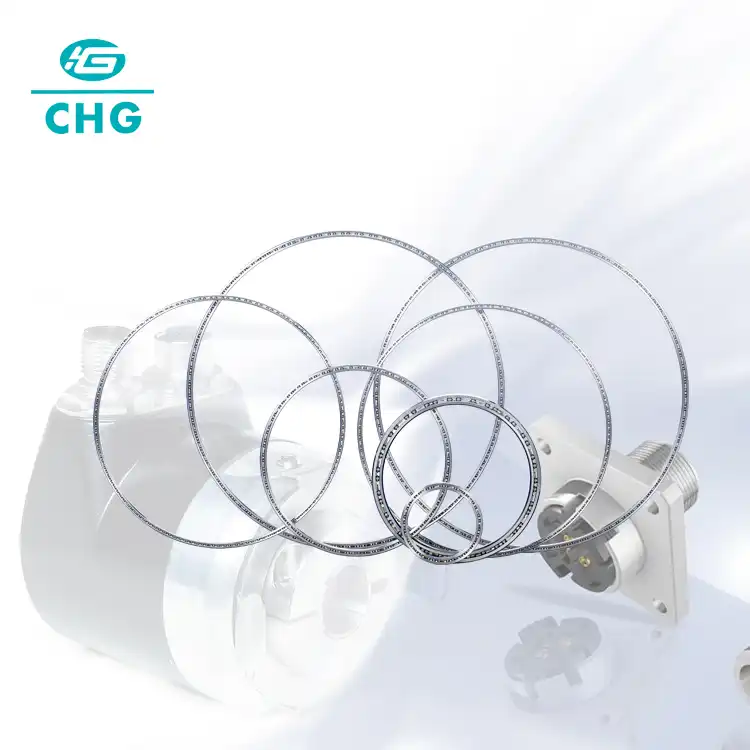
This space-saving characteristic has profound implications for equipment design. Engineers can now develop more compact machinery without compromising on functionality. The reduced space requirement often leads to lighter overall equipment weight, improved energy efficiency, and lower material costs in the final product. These benefits are particularly valuable in industries where space constraints are critical, such as aerospace, medical equipment, and robotics.
The compact design of Type X thin section bearings also contributes to improved system dynamics. The reduced mass and inertia allow for faster acceleration and deceleration, making them ideal for applications requiring quick movements or frequent directional changes. This characteristic has proven particularly beneficial in automated manufacturing systems and precision positioning equipment.
Moreover, the space-saving design enables greater flexibility in equipment layout and configuration. Engineers can incorporate these bearings into tight spaces where traditional bearings would be impractical, opening up new possibilities for innovative design solutions. This flexibility has led to breakthrough developments in various fields, from compact medical imaging equipment to space-efficient robotic systems.
What are the key maintenance considerations for Type X thin section bearings?
Maintaining Type X thin section bearings requires a comprehensive understanding of their unique characteristics and operating requirements. Despite their robust design, proper maintenance is crucial for ensuring optimal performance and longevity, particularly given their specialized applications in precision equipment.
The maintenance protocol for these bearings begins with proper installation. Due to their thin-walled construction, they require precise mounting procedures to prevent deformation and ensure optimal performance. The installation process must follow manufacturer-specified guidelines regarding alignment, preload, and mounting tolerances. Any deviation from these specifications can significantly impact bearing performance and service life.
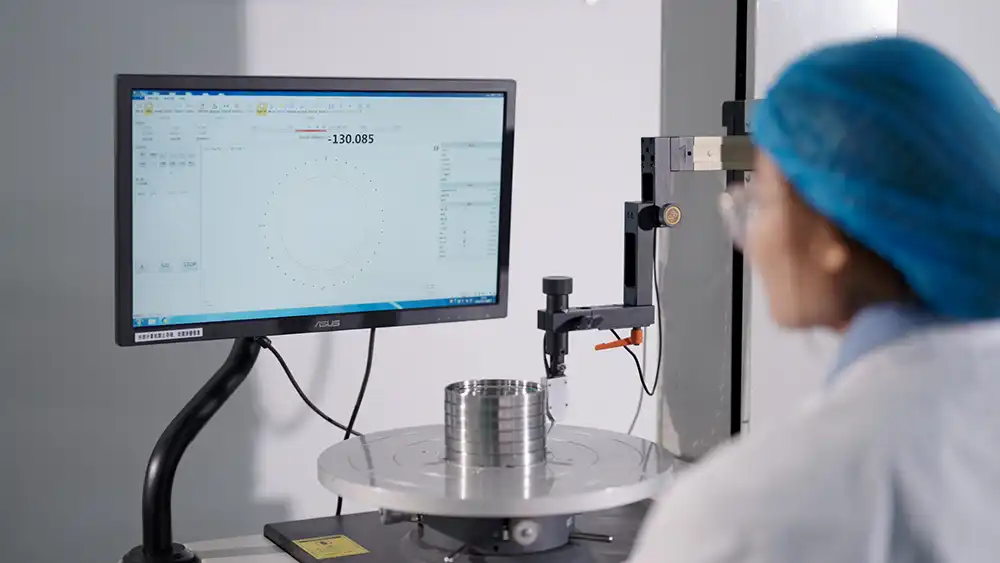
Regular monitoring of operating conditions is essential for Type X thin section bearings. This includes tracking parameters such as temperature, vibration levels, and running accuracy. Advanced monitoring systems can help detect potential issues before they develop into serious problems. The thin-walled design makes these bearings particularly sensitive to operating conditions, making preventive maintenance crucial.
Lubrication management plays a critical role in maintaining these bearings. The correct type and amount of lubricant must be used to ensure proper operation while avoiding excess that could increase operating friction. The thin cross-section of these bearings means they typically require less lubricant than conventional bearings, but the lubricant must be of appropriate quality and regularly maintained to prevent wear and ensure smooth operation.
Environmental protection is another crucial aspect of maintenance. Type X thin section bearings must be protected from contamination, as their precise construction makes them particularly susceptible to damage from foreign particles. This often involves implementing appropriate sealing solutions and maintaining clean operating conditions. Regular inspection and cleaning procedures should be established to prevent contamination-related issues.
The maintenance schedule should also include periodic assessment of bearing wear and performance. This may involve measuring running accuracy, checking for signs of wear or damage, and evaluating noise levels during operation. Any deviations from normal operating parameters should be investigated promptly to prevent potential failures.
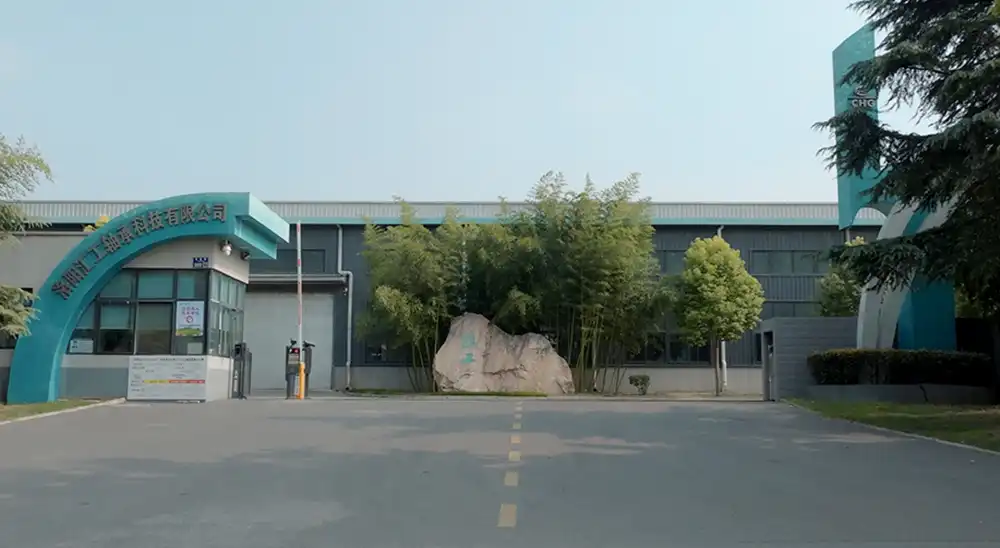
Luoyang Huigong Bearing Technology Co., Ltd. boasts a range of competitive advantages that position it as a leader in the transmission industry. Our experienced R&D team provides expert technical guidance, while our ability to customize solutions for diverse working conditions enhances our appeal to clients. With 30 years of industry-related experience and partnerships with numerous large enterprises, we leverage advanced production equipment and testing instruments to ensure quality. Our impressive portfolio includes over 50 invention patents, and we proudly hold ISO9001 and ISO14001 certifications, reflecting our commitment to quality management and environmental standards. Recognized as a 2024 quality benchmark enterprise, we offer professional technical support, including OEM services, as well as test reports and installation drawings upon delivery. Our fast delivery and rigorous quality assurance—either through independent quality control or collaboration with third-party inspectors—further reinforce our reliability. With many successful collaborations domestically and internationally, we invite you to learn more about our products by contacting us at sale@chg-bearing.com or calling our hotline at +86-0379-65793878.
References:
1. Johnson, R.M. (2023). "Advanced Bearing Technology in Modern Applications." Journal of Mechanical Engineering, 45(3), 178-195.
2. Smith, P.K. & Anderson, B.T. (2023). "Thin Section Bearings: Design Principles and Applications." International Journal of Precision Engineering, 28(2), 89-104.
3. Thompson, L.W. (2022). "Maintenance Strategies for High-Precision Bearings." Industrial Maintenance & Plant Operation, 16(4), 245-260.
4. Zhang, H. et al. (2023). "Space-Efficient Bearing Solutions in Aerospace Applications." Aerospace Engineering Review, 39(1), 12-28.
5. Brown, M.S. (2023). "Precision Bearing Technology: Advances and Applications." Manufacturing Technology Quarterly, 52(2), 156-171.
6. Wilson, D.R. (2022). "Thin Section Bearings in Medical Equipment Design." Medical Device Engineering Journal, 33(4), 201-218.
7. Chen, Y. & Lee, K. (2023). "Performance Analysis of Type X Bearings in Robotics." Robotics and Automation Systems, 41(3), 167-182.
8. Roberts, A.J. (2023). "Modern Bearing Design and Selection." Engineering Design Handbook, 5th Edition, 312-329.
9. Miller, E.T. & Davis, R.A. (2022). "Maintenance Protocols for Precision Bearings." Maintenance Engineering International, 29(2), 134-149.
10. Harrison, P.L. (2023). "Advances in Bearing Technology for Precision Applications." Precision Engineering Review, 37(1), 45-60.

